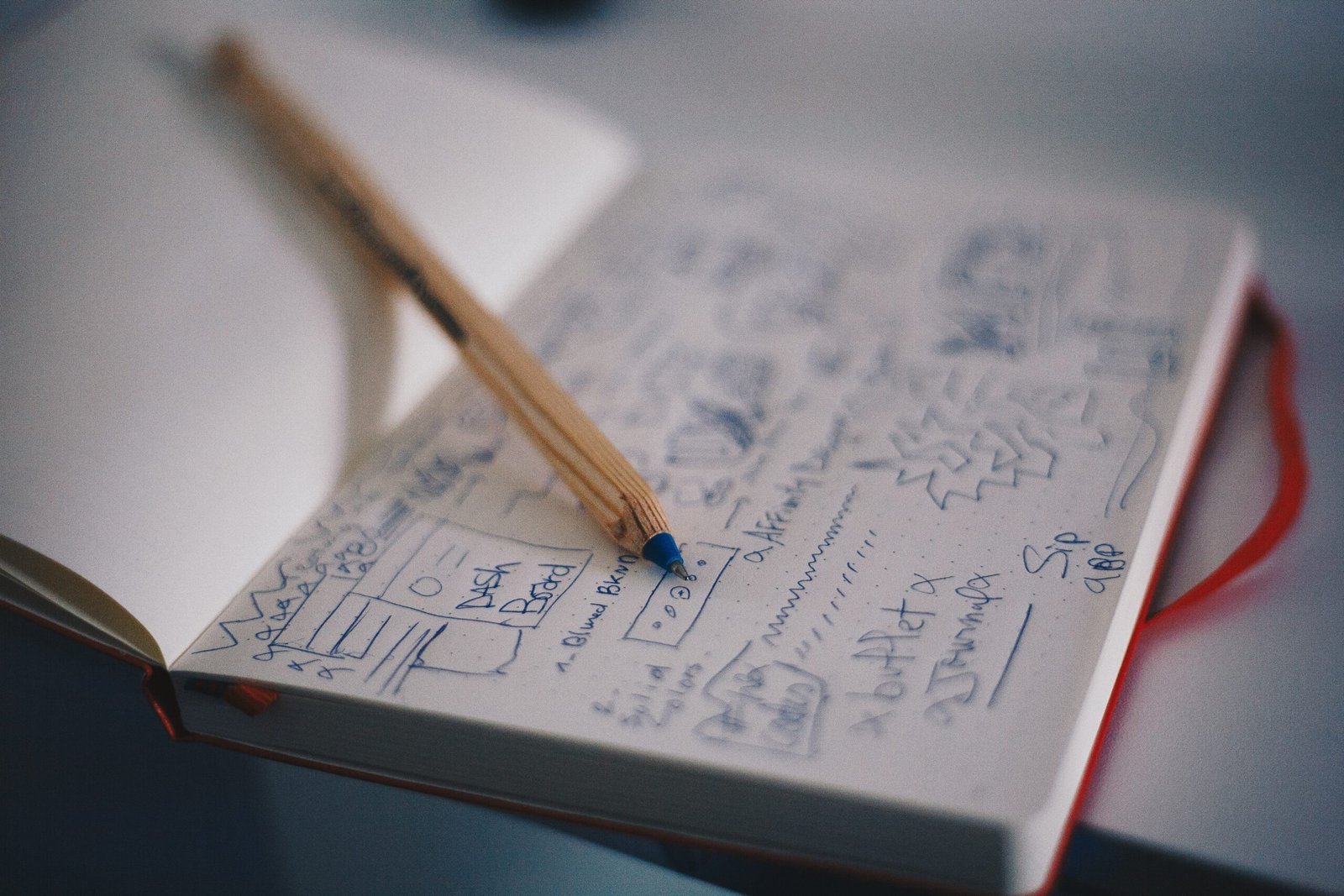
Introduction:
In today’s fast-paced and visually-driven world, design plays a crucial role in shaping our everyday experiences. From the products we use to the websites we visit, design has the power to captivate, engage, and inspire. In this article, we will explore various aspects of design, including current trends, best practices, and creative insights. We will delve into the importance of design in contemporary contexts and discuss how it can be leveraged to create sustainable and eco-conscious solutions.
Visual Design Principles: Creating Aesthetically Pleasing Experiences
Visual design principles are the foundation of effective design. By understanding and applying these principles, designers can create aesthetically pleasing experiences that are both functional and visually appealing. Some key principles include:
- Balance: Achieving a harmonious distribution of elements within a design.
- Contrast: Using contrasting elements to create visual interest and hierarchy.
- Typography: Choosing the right fonts and arranging them in a visually appealing manner.
- Color Theory: Understanding the psychology of color and using it to evoke specific emotions.
By incorporating these principles into their designs, designers can create visually stunning and engaging experiences that leave a lasting impression on users.
User Experience Considerations: Putting Users First
Design is not just about aesthetics; it is also about creating meaningful and intuitive experiences for users. User experience (UX) design focuses on understanding user needs, goals, and behaviors to create products and services that are user-friendly and enjoyable to use. Some key considerations in UX design include:
- User Research: Conducting user research to gain insights into user preferences and behaviors.
- Information Architecture: Organizing information in a logical and intuitive way.
- Interaction Design: Designing interactive elements that are easy to use and understand.
- Usability Testing: Testing designs with real users to identify and address any usability issues.
By prioritizing user needs and incorporating UX design principles, designers can create products and services that are not only visually appealing but also highly functional and user-friendly.
Sustainability in Design: Making a Positive Impact
As the world becomes more environmentally conscious, designers have a responsibility to create sustainable and eco-friendly solutions. Sustainable design focuses on minimizing negative environmental impacts by considering factors such as:
- Materials: Choosing sustainable and renewable materials.
- Energy Efficiency: Designing products and buildings that are energy-efficient.
- Recycling and Upcycling: Incorporating recycling and upcycling principles into the design process.
- Life Cycle Assessment: Assessing the environmental impact of a product throughout its entire life cycle.
By integrating sustainability into their design processes, designers can contribute to a greener and more sustainable future.
The Impact of Design in Different Industries
Design has a significant impact on various industries, ranging from technology and fashion to healthcare and transportation. Here are a few examples:
- Technology: User interface design plays a crucial role in the success of software applications and websites.
- Fashion: Fashion design combines aesthetics and functionality to create innovative and sustainable clothing.
- Healthcare: Medical device design focuses on creating user-friendly and accessible healthcare solutions.
- Transportation: Automotive design considers both aesthetics and aerodynamics to create efficient and visually appealing vehicles.
By understanding the unique challenges and opportunities in different industries, designers can create solutions that meet the specific needs of users and contribute to the growth and success of these industries.
Conclusion:
Design is a powerful tool that shapes the world around us. By incorporating visual design principles, considering user experience, embracing sustainability, and understanding the impact of design in different industries, designers can create solutions that are not only visually appealing but also functional, user-friendly, and eco-conscious. As we move forward, it is essential for designers to continue pushing boundaries, exploring new possibilities, and designing for a sustainable future.
By adopting eco-conscious creative practices, designers can make a positive impact on the environment and inspire others to do the same. Together, we can create a world where design not only captivates and engages but also contributes to a better and more sustainable future.